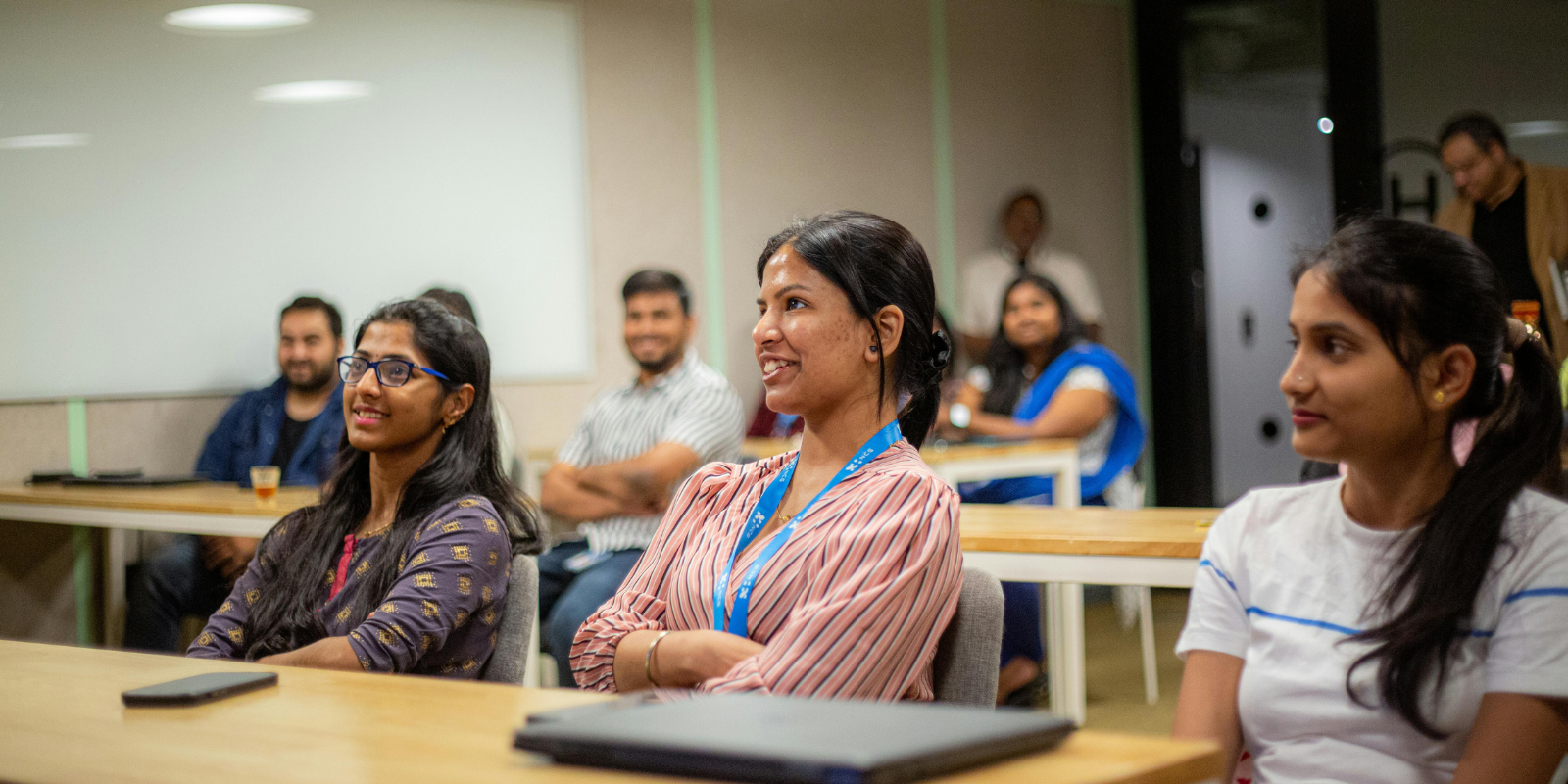In the modern business world, change is constant. Technology evolves, customer expectations shift, and competition grows fiercer every day. For organizations and individuals alike, standing still is no longer an option. To thrive in this fast-paced environment, businesses must foster a culture of continuous learning—an environment where employees are encouraged, supported, and empowered to learn, adapt, and grow at every stage of their career.
A culture of continuous learning goes far beyond providing occasional training sessions or compliance courses. It’s about embedding curiosity, innovation, and knowledge-sharing into the very fabric of an organization. Companies that embrace this mindset not only upskill their workforce but also create a dynamic, resilient, and future-ready business.
Why Continuous Learning Matters
The shelf life of skills is shrinking rapidly. According to global workforce studies, many technical skills are outdated within 3–5 years. Roles are evolving, and new technologies are transforming industries. For example:
- Artificial intelligence and automation are reshaping jobs in IT, manufacturing, and customer service.
- Data literacy is now a requirement across industries, not just in analytics teams.
- Soft skills such as emotional intelligence, problem-solving, and collaboration are becoming essential to navigate complex workplaces.
Without continuous learning, employees risk becoming stagnant, and businesses risk falling behind competitors. On the other hand, organizations that prioritize learning benefit from:
- Stronger employee engagement – Workers feel valued when their growth is supported.
- Improved performance – A knowledgeable workforce adapts quickly to challenges.
- Increased innovation – Learning drives creativity and new ideas.
- Higher retention – Employees stay longer when they see opportunities for development.
Building Blocks of a Learning Culture
Creating a culture of continuous learning doesn’t happen overnight. It requires strategy, leadership commitment, and consistent reinforcement. Here are the essential pillars:
1. Leadership Commitment
Culture starts at the top. Leaders must model curiosity, openness, and a willingness to learn. When managers take part in training, share their learning journeys, and encourage their teams to explore, it sets a powerful example.
2. Accessible Learning Opportunities
Employees should have easy access to training, whether through e-learning platforms, in-person workshops, or peer-to-peer knowledge sharing. Microlearning—short, focused lessons—works particularly well for busy professionals.
3. Integration into Workflows
Learning should be part of the job, not an additional task. Embedding learning into daily workflows—such as project debriefs, team huddles, or innovation sessions—ensures continuous growth without overwhelming employees.
4. Encouraging Curiosity and Experimentation
Mistakes should be seen as learning opportunities, not failures. When employees are free to experiment, innovate, and ask questions, they develop problem-solving skills and resilience.
5. Recognition and Rewards
Celebrate learning achievements. Recognizing employees who upskill, share knowledge, or mentor others motivates the entire workforce to engage in learning.
The Role of Technology
Technology is a powerful enabler of continuous learning. Learning Management Systems (LMS), AI-driven recommendations, and digital platforms have made education more personalized and accessible than ever. For example:
- E-learning Platforms – Provide on-demand access to courses across topics.
- Mobile Learning – Allows employees to learn anytime, anywhere.
- Gamification – Incorporates quizzes, leaderboards, and rewards to make learning engaging.
- AI-Powered Analytics – Tracks employee progress and suggests personalized learning paths.
By investing in digital learning tools, organizations create scalable and efficient learning ecosystems that fit modern work patterns.
Benefits of a Continuous Learning Culture
1. Agility in a Changing World
Organizations that foster continuous learning can pivot quickly when markets shift. Employees are better prepared to embrace new tools, processes, or strategies.
2. Employee Empowerment
When employees are given resources to learn, they feel empowered to take ownership of their careers. This builds confidence and commitment.
3. Knowledge Retention and Sharing
A learning culture ensures that institutional knowledge doesn’t stay siloed. Experienced employees can mentor others, creating a cycle of shared expertise.
4. Competitive Advantage
Companies that prioritize learning become innovation leaders. They can bring new products, services, and solutions to market faster.
5. Talent Attraction and Retention
Top talent gravitates toward organizations where growth is a priority. A strong learning culture improves employer branding and reduces attrition.
Strategies for Implementation
To foster a culture of continuous learning, organizations can take practical steps:
- Assess Skill Gaps – Conduct regular audits to identify areas where training is needed.
- Create Personalized Learning Paths – Align employee goals with organizational needs.
- Encourage Peer-to-Peer Learning – Foster collaboration through mentorship, workshops, and knowledge-sharing sessions.
- Allocate Dedicated Time – Give employees time during work hours to learn, not just after hours.
- Measure Impact – Track learning outcomes and link them to performance, productivity, or innovation metrics.
Examples of Successful Learning Cultures
- Google – Known for its “20% time,” which allows employees to spend one day a week exploring projects outside their main responsibilities, sparking innovation.
- Microsoft – Shifted its culture to a “growth mindset,” encouraging employees to continuously seek improvement and share lessons learned.
- Deloitte – Uses gamified platforms to engage employees in ongoing learning journeys, making development both fun and impactful.
These examples highlight how global organizations embed learning into their DNA, setting benchmarks for others to follow.
Overcoming Challenges
While the benefits are clear, building a culture of continuous learning comes with challenges:
- Resistance to Change – Some employees may be reluctant to adopt new learning habits.
- Time Constraints – Workloads can make it difficult for staff to prioritize learning.
- Resource Allocation – Training programs require investments of time, money, and technology.
To overcome these, organizations should start small—pilot programs, micro-courses, or leadership-led learning initiatives can create momentum before scaling.
The Future of Workplace Learning
Looking ahead, continuous learning will only grow in importance. As automation takes over routine tasks, human skills like creativity, collaboration, and adaptability will become more valuable. Hybrid and remote work models will require digital-first learning approaches. Personalized, AI-driven platforms will tailor learning journeys to each individual, making development more efficient and engaging.
Organizations that fail to invest in learning risk being left behind. Those that succeed will not only build stronger businesses but also create workplaces where employees feel inspired to grow every day.
Conclusion
Fostering a culture of continuous learning is no longer optional—it’s a necessity. In a world defined by change, organizations must equip their people to learn, unlearn, and relearn. By embedding curiosity, providing accessible opportunities, and celebrating growth, companies create an environment where individuals thrive and businesses flourish.
A true learning culture doesn’t just prepare employees for the jobs of today—it empowers them for the challenges and opportunities of tomorrow. In doing so, it ensures that organizations remain agile, competitive, and resilient in an unpredictable future.




